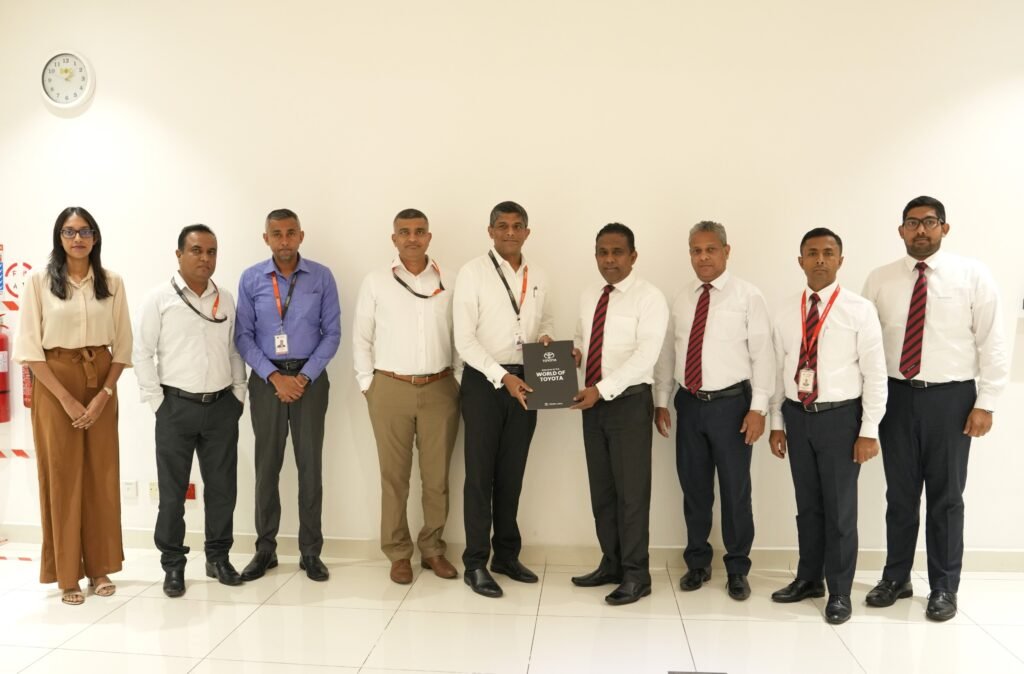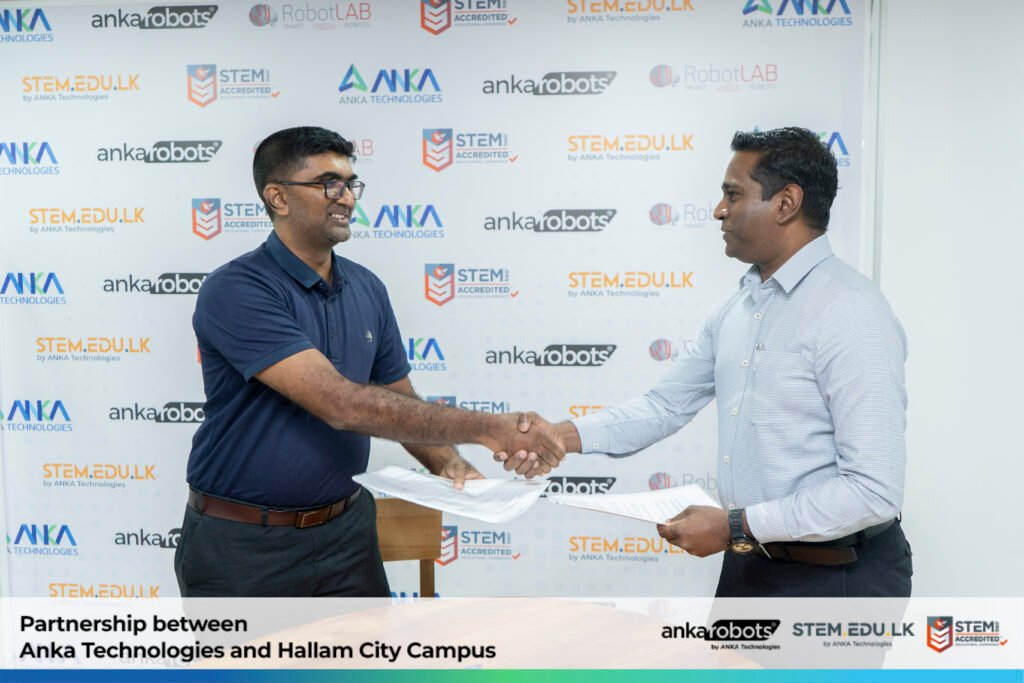Samsung Electronics, a global leader in advanced memory technology, has once again taken the industry by storm by hosting its annual Memory Tech Day 2023. The event brought together approximately 600 customers, partners, and industry experts to witness the unveiling of groundbreaking memory solutions poised to drive technological advancements across various future applications, including the cloud, edge devices, and automotive vehicles.

Memory Tech Day served as a significant platform for Samsung to outline its vision of “Memory Reimagined,” reinforcing the company’s long-term commitment to memory technology leadership, insights into market trends, and sustainability objectives. The event also featured the introduction of new, cutting-edge products, such as HBM3E Shinebolt, LPDDR5X CAMM2, and Detachable AutoSSD.
Jung-Bae Lee, President and Head of Memory Business at Samsung Electronics, delivered a keynote address highlighting Samsung’s strategies to overcome the challenges of the hyperscale era through innovations in transistor structures and materials. For instance, Samsung is pioneering new 3D structures for sub-10-nanometer (nm) DRAM, opening the door to larger single-chip capacities exceeding 100 gigabits (Gb). Following the mass production of 12nm-class DRAM in May 2023, Samsung is now actively developing its next-generation 11nm-class DRAM, poised to offer the industry’s highest density.
NAND flash innovations are also underway, with Samsung pushing the boundaries of cell size reduction and refining channel hole etching techniques. These advancements are on track to usher in 1,000-layer vertical NAND (V-NAND). The company has already secured a functional chip for the ninth-generation V-NAND, with plans to initiate mass production early next year.
Jung-Bae Lee emphasized, “The new era of hyperscale AI has brought the industry to a crossroads where innovation and opportunity intersect, presenting a time with potential for great leaps forward, despite the challenges. Through endless imagination and relentless perseverance, we will continue our market leadership by driving innovation and collaborating with customers and partners to deliver solutions that expand possibilities.”
Introducing HBM3E ‘Shinebolt’
One of the spotlighted innovations is Samsung’s next-generation HBM3E DRAM, aptly named Shinebolt. As cloud systems evolve to optimize compute resources, high-performance memory is essential. Shinebolt is poised to power next-generation AI applications, enhancing the total cost of ownership (TCO) and accelerating AI-model training and inference in data centers. With an impressive speed of 9.8 gigabits-per-second (Gbps) per pin, Shinebolt achieves transfer rates exceeding 1.2 terabytes-per-second (TBps). Samsung’s optimization of non-conductive film (NCF) technology ensures higher layer stacks and improved thermal characteristics. The 8H and 12H HBM3 products are already in mass production, with Shinebolt samples being shipped to customers.
Redefining Edge Devices Through Powerful Form Factors
To address the growing demand for data-intensive tasks and AI technologies in hybrid cloud-edge environments, Samsung introduced a range of memory solutions that support high-performance, high-capacity, low-power, and small form factors. This includes the industry’s first 7.5Gbps LPDDR5X CAMM21, expected to be a game-changer in the next-generation PC and laptop DRAM market. Additionally, Samsung showcased its 9.6Gbps LPDDR5X DRAM, LLW2 DRAM specialized for on-device AI, next-generation Universal Flash Storage (UFS), and the high-capacity Quad-Level Cell (QLC) SSD BM9C1 for server applications.
Paving the Road for Automotive Memory Solutions Leadership
The rise of autonomous driving solutions has created a surge in demand for high-bandwidth, high-capacity DRAM and Shared SSDs that share data among multiple System on Chips (SoCs). Samsung introduced the Detachable AutoSSD, enabling data access from a single SSD to multiple SoCs through virtual storage. This innovative solution supports sequential read speeds of up to 6,500 megabytes-per-second (MBps) with 4TB of capacity, making upgrades and adjustments easier for vehicle users and manufacturers. Samsung also displayed automotive memory solutions, including high-bandwidth GDDR7 and LPDDR5X with a more compact package size.
Technology That Makes Technology Sustainable
Samsung is committed to minimizing its environmental impact, and the company underscored several innovations in its semiconductor operations that enhance energy efficiency for customers and consumers. This includes plans to develop ultra-low-power memory technologies to reduce power consumption in data centers, PCs, and mobile devices, as well as using recycled materials in portable SSD products to reduce the carbon footprint. Samsung’s next-generation solutions, like the PBSSD, will also reduce energy usage for server systems by maximizing space efficiency and rack capacity.
As a responsible corporate citizen, Samsung is actively working with stakeholders across the semiconductor value chain to address global climate issues through its sustainability initiative, “technology that makes technology sustainable.” Samsung Electronics is a world leader in advanced memory technology and a global innovator in a wide range of industries.
As Sri Lanka’s No. 1 smartphone brand, Samsung has been awarded the prestigious title of ‘People’s Youth Choice Brand of the Year’ for four consecutive years by SLIM Sri Lanka’s review of the country’s most valuable brands. Samsung’s customer base in Sri Lanka spans across all age groups, with a particular focus on the Gen Z and Millennial segments.






